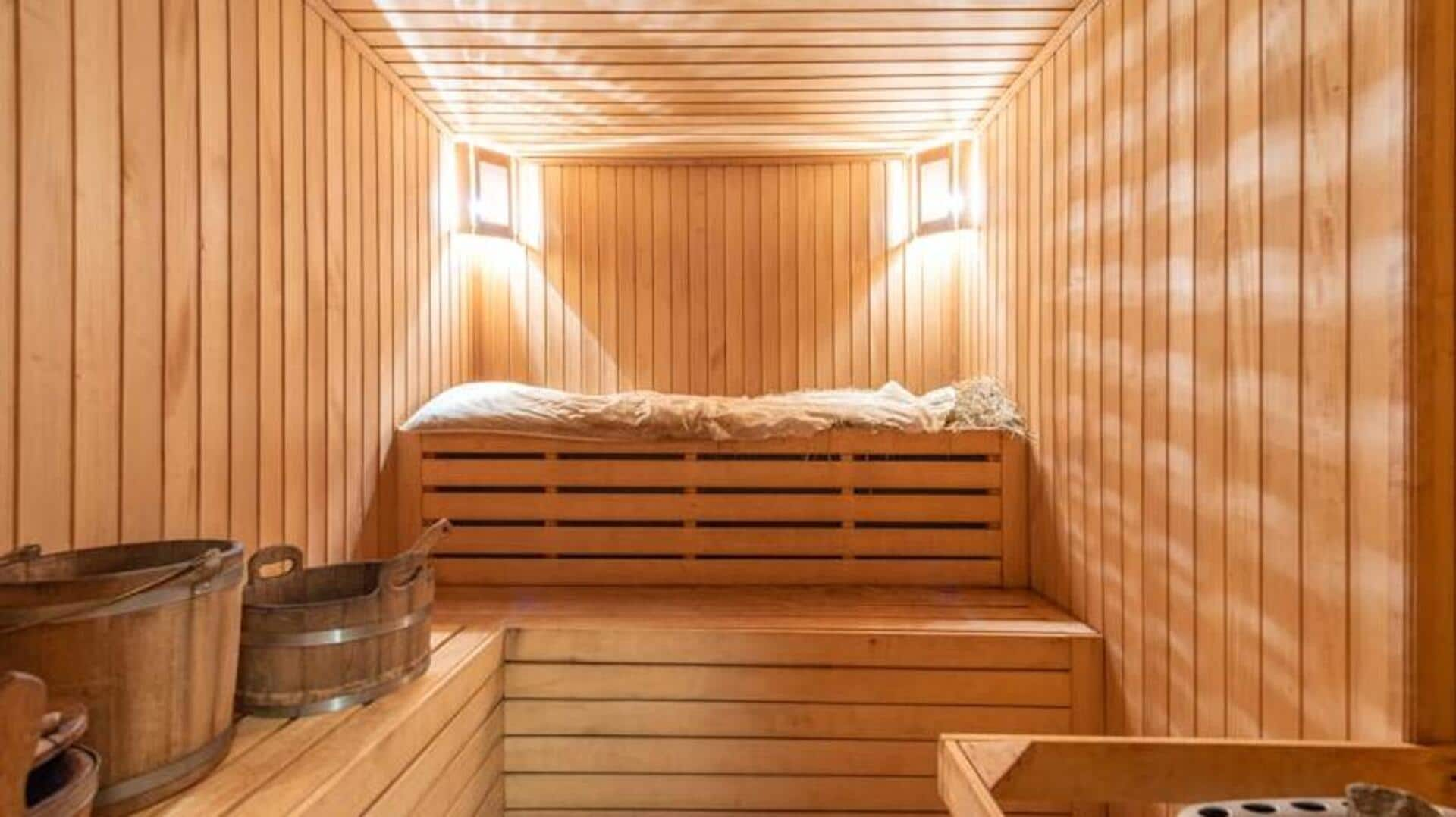
Finnish sauna traditions: History, etiquette, and health benefits
What's the story
Finnish sauna traditions are an inseparable part of Finland's culture, steeped in history, etiquette, and health benefits.
For centuries, saunas have been an integral part of Finnish life, serving as places for relaxation, socialization, and more.
Knowing about these traditions gives us an insight into their significance in Finnish society.
We explore the historical background of saunas, their etiquette, and health benefits.
Origins
Historical roots of Finnish saunas
The history of Finnish saunas dates back more than 2,000 years.
Initially, saunas served as dwellings during harsh winters, but they evolved into spaces for bathing and relaxation.
The word "sauna" itself comes from ancient Finno-Ugric languages. Over the years, saunas became central to community life in Finland.
They were used for not just cleansing, but also for childbirth and healing rituals.
Guidelines
Proper sauna etiquette
Sauna etiquette is a big part of the sauna experience in Finland.
It is customary to shower before entering to keep things clean inside the sauna.
Silence or quiet conversation is preferred to maintain a peaceful atmosphere.
Traditionally, Finns use birch twigs called "vihta" or "vasta" to whip themselves lightly for improved circulation.
Wellness
Health benefits of sauna use
Regular sauna use comes with several health benefits, as evidenced by science.
For starters, it markedly improves cardiovascular function by elevating heart rate to levels comparable to moderate exercise.
Plus, saunas also promote muscle relaxation by heating up the body, which could relieve tension after workout sessions or stressful days.
The combination of cardiovascular and muscle relaxation benefits make saunas a holistic wellness advantage.
Community bonding
Social aspects of sauna culture
In Finland's communal culture set up like public baths called "savusauna," people come together, forming bonds.
They revel in shared experiences in this warm space without any distraction from modern technology, like phones or televisions.
This enables authentic connections between people there at the moment. It makes it more about physical wellness alone but mental too.